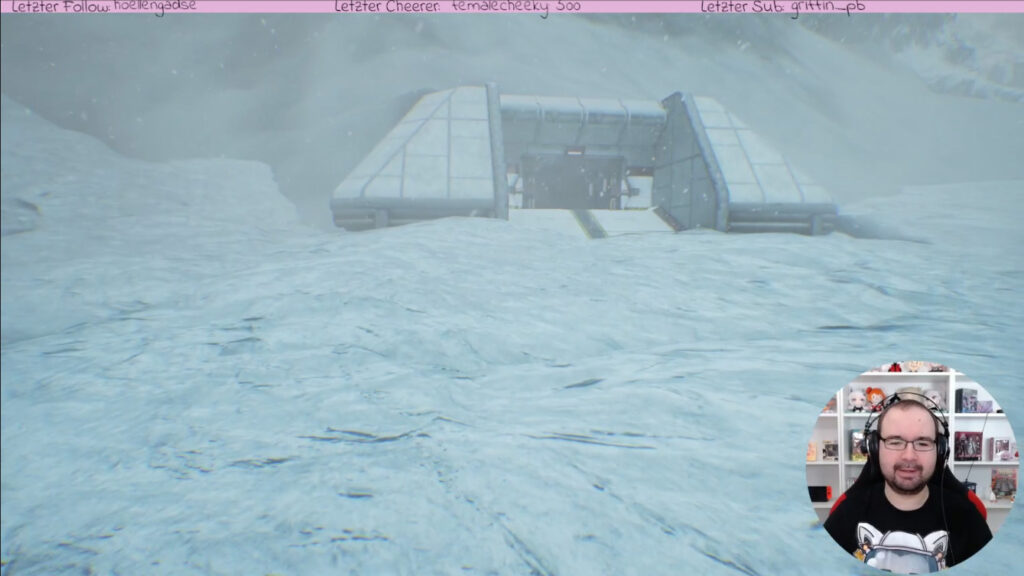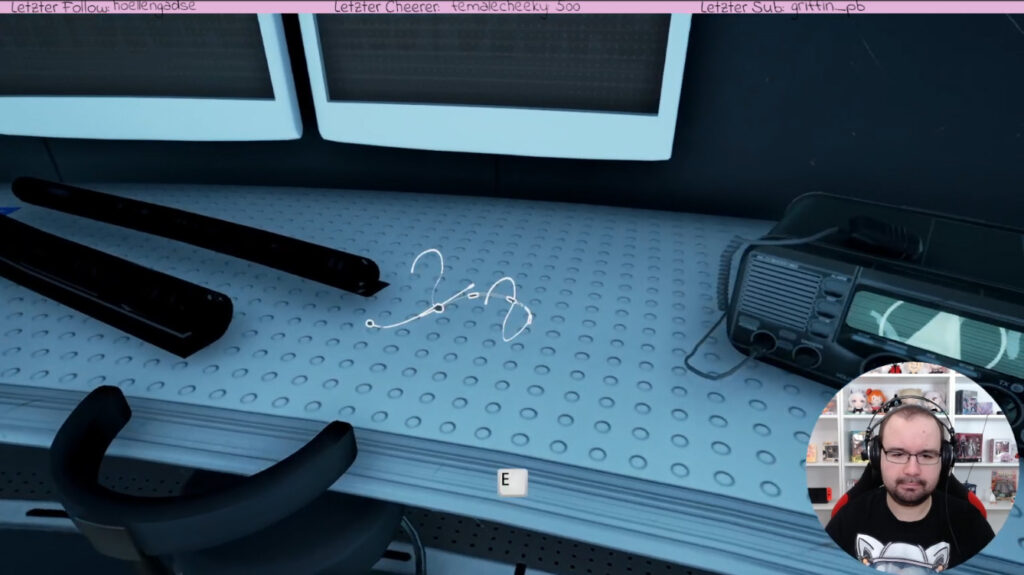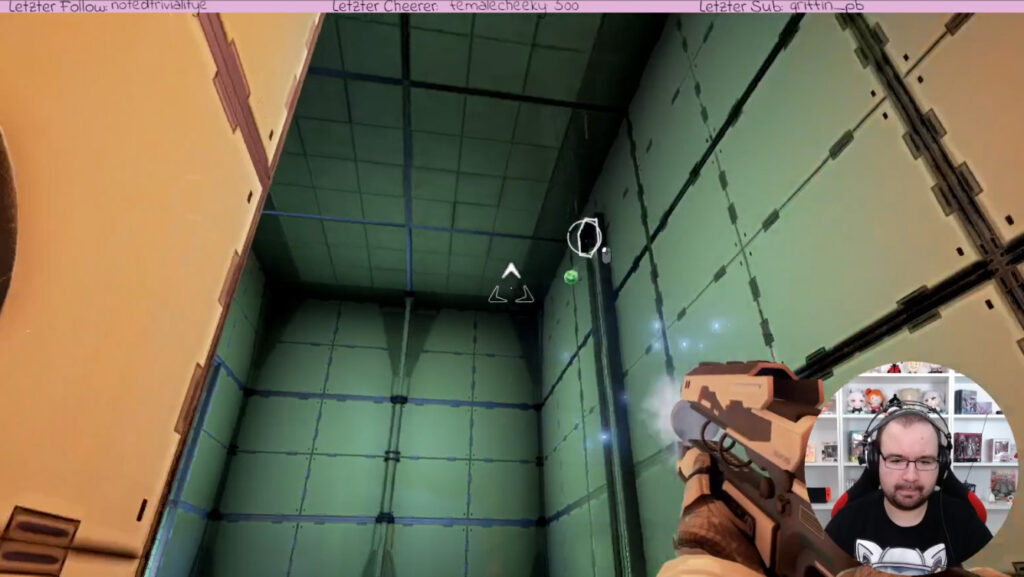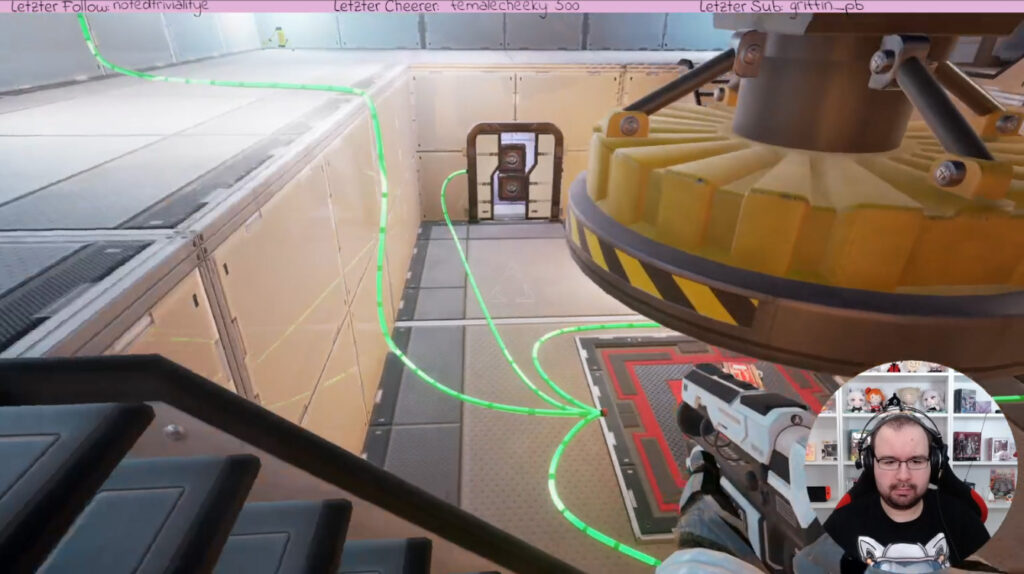Today we’re talking about a game that really excited me. In “The Turing Test” we don’t just want to solve a big mysterie, we have to solve lots of puzzles to do so – sounds confusing, but it also is. You can read about it in this article.
I think with all the AI hype recently, everyone has an idea of what the Turing test is. It is a method to find out whether an invisible conversation partner is a real person or a machine. This is exactly the test we have to perform in this game.

The story is kept quite simple. The International Space Agency (ISA) has lost contact with a research station on Jupiter’s moon Europa and sent us after it to find out what happened. When we get there, however, we notice that the station looks completely different to what we expected – multifunctional rooms have been rearranged and re-equipped to form a chain of puzzles – puzzles that only a human can solve.
All of this naturally leads us to suspect that there was an accident involving a robot or an AI – the fact that we are carrying an AI with us and leading it past all these puzzles is of course ironic, but the protagonist does not seem to notice it at first. This AI is rarely helpful (the puzzles are designed not to be solved by a machine anyways), but offers us a conversation partner with sometimes very interesting conversations. TOM, as the name goes, is also important for the later story, but often simply offers a way to understand the protagonist’s thoughts. Incidentally, this protagonist is aptly named “Ava Turing”.

In general, the journey is more important than the destination throughout the game, so for that and spoiler reasons I don’t want to go into the story any further. The game itself can be imagined as a modified “Portal”-game. We get a weapon with which we can absorb energy balls from circuits or put them back in. Later on we can also control simple robots that reach certain areas or just serve as a weight for a switch. Armed with these tools, we puzzle our way from chamber to chamber, with the puzzles becoming more complex each time. Ultimately we always have to reach an exit to get to the next chamber – as I said, in my eyes it’s a “Portal” with slightly different mechanics.

But that’s not a negative thing at all – on the contrary. Just as I always liked Portal, I like this game too. The 70 puzzles that you have to solve to finish the game, as well as six additional puzzles, are a lot of fun and make you think and experiment for a long time, especially towards the end. New ideas and mechanics are constantly being added that fit very well and offer exciting new solutions. The dialogues with TOM are actually always interesting and often relate to the type of puzzle you are solving and link it to overarching and often philosophical questions, which I really liked. In general, he never seemed annoying to me, more like a very useful partner on this journey through the station.

I only have good things to say about the rest of the game as well. The graphics were beautiful and very fitting, as was the sound design. The controls were not too complex, but very well thought out and always precise. We had no bugs or crashes and the dialogues and background information that you could collect were very interesting. The puzzles were quite easy at the beginning, but they gradually became more complex without becoming frustrating – I thought that was very nice. With a playing time of around six hours, it wasn’t a particularly long game, but it worked very well – shorter would have meant less fun, longer would have just dragged the story unnecessarily. Overall, I’m very satisfied.

So there aren’t really any negative points that I can say about this game. It’s a game principle that we know very well from “Portal”, but I haven’t seen it replicated as well anywhere as here. I really liked the game and I would recommend it without reservation to anyone who likes this genre. The story may have weaknesses here and there, but I hardly noticed them (and you know how critical I usually am). Nevertheless, it’s a very nice addition to this puzzle package.
What do you think? Do you share my opinion, have you perhaps even played the game yourself or do you not like puzzles that much? Join the discussion on Discord!